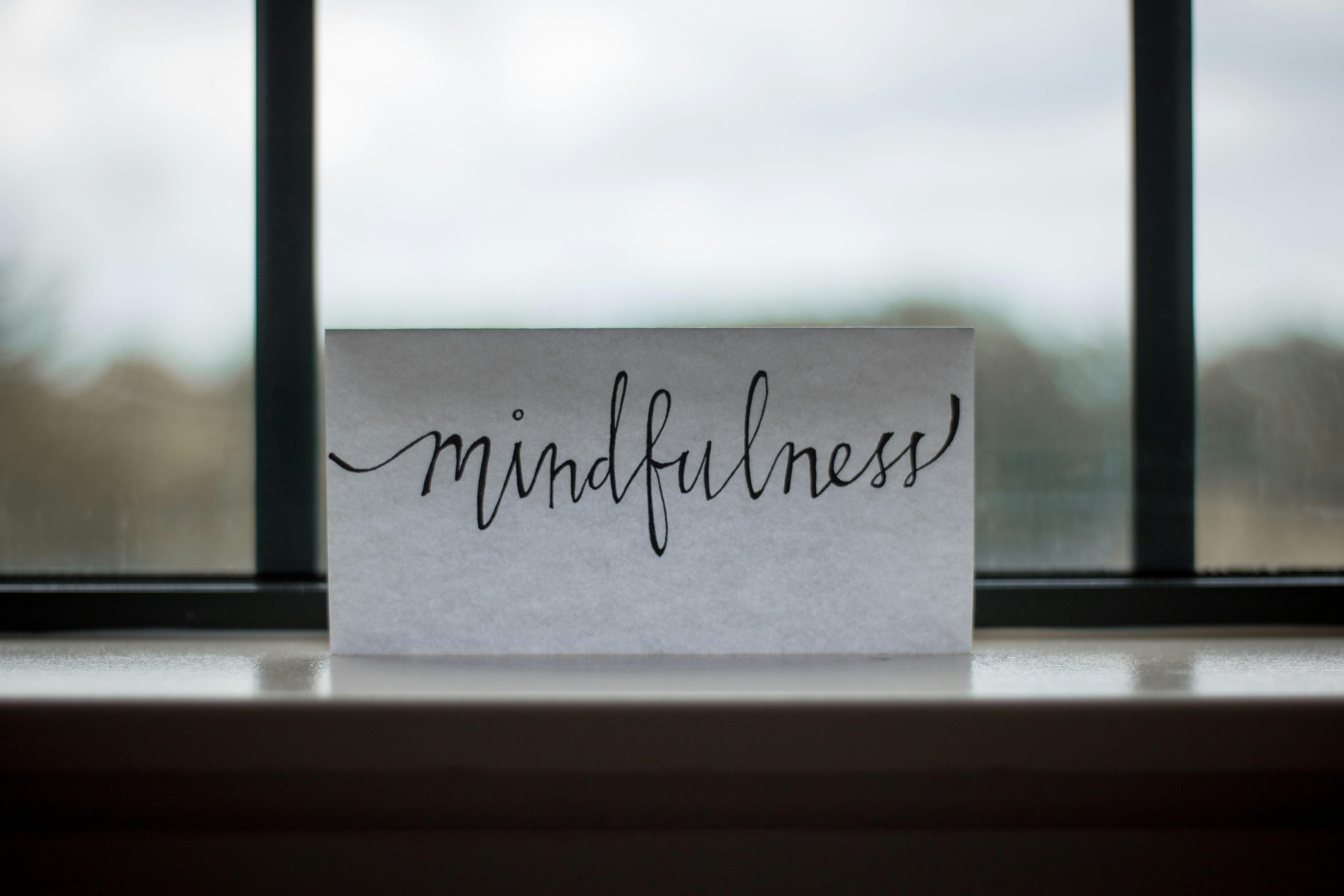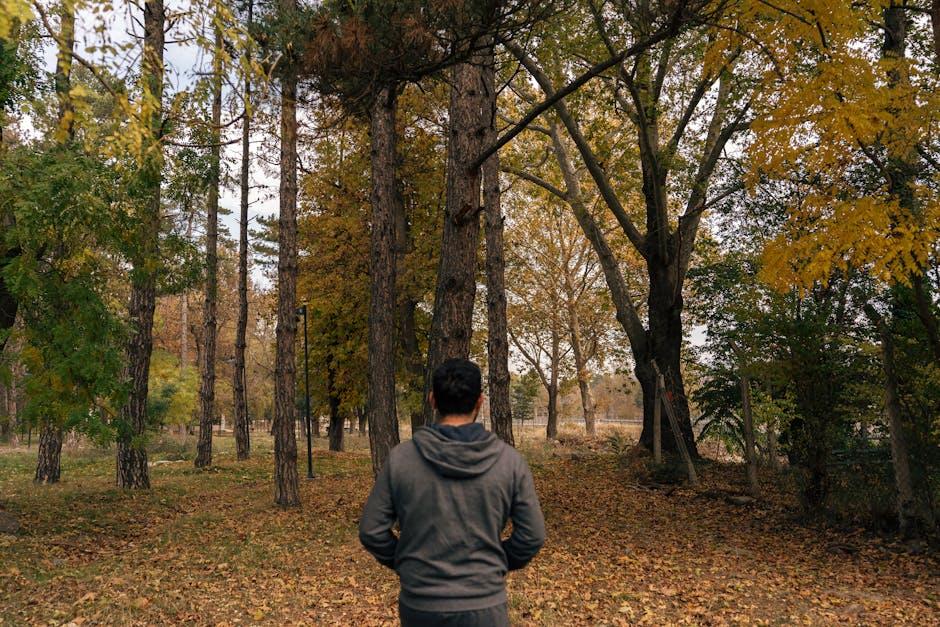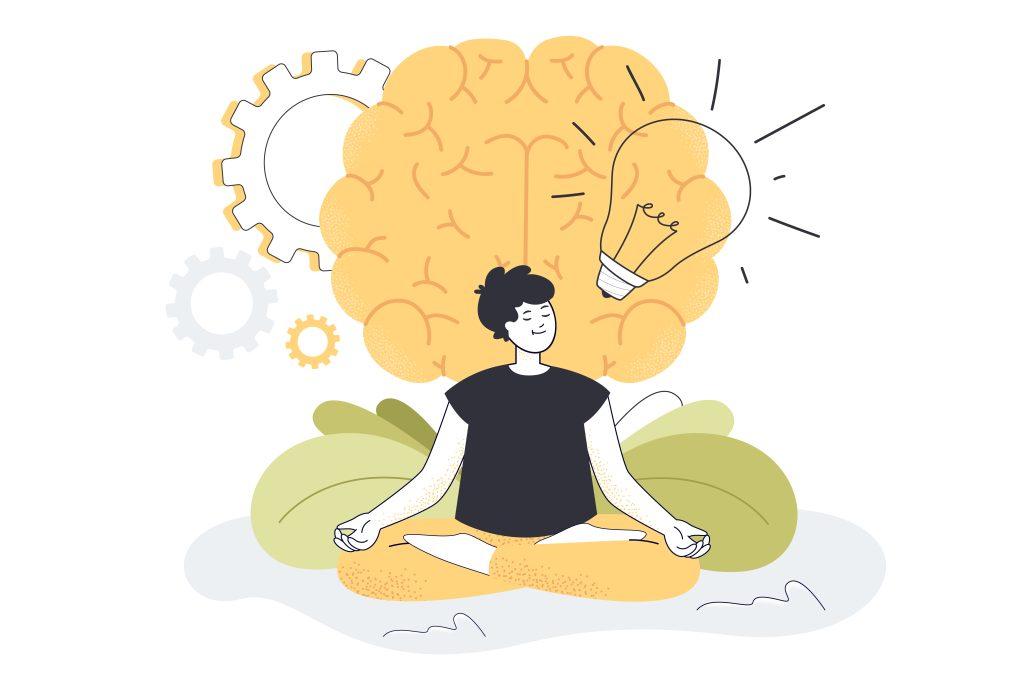In a world that never seems to pause, where the clamor of notifications and the hum of daily obligations fill our minds, the quest for inner peace and clarity often leads us to the practice of meditation-for-life-balance/mindful-relief-meditation-for-chronic-pain/” title=”Mindful Relief: Meditation for Chronic Pain”>mindfulness. Like a serene island amidst a stormy sea, mindfulness promises tranquility and focus. Yet, as this ancient practice gains popularity in modern culture, a question quietly lingers in the minds of both novices and seasoned practitioners alike: is there a right way to practice mindfulness? This article embarks on a journey to explore this question, delving into the diverse paths and perspectives that shape the mindfulness landscape. From traditional techniques rooted in centuries-old wisdom to contemporary adaptations crafted for the digital age, we aim to uncover whether a definitive method exists, or if the essence of mindfulness lies in the freedom to find one’s own way. Join us as we navigate this contemplative terrain, seeking to understand the myriad ways mindfulness can be woven into the fabric of our daily lives.
Understanding Mindfulness: More Than Just Meditation
In the bustling tapestry of modern life, mindfulness has emerged as a beacon of calm and clarity. While many equate it solely with meditation, it is in fact a multifaceted practice that extends beyond the cushion. Mindfulness is about cultivating an acute awareness of the present moment, enabling individuals to embrace their thoughts and emotions without judgment. This awareness can be integrated into everyday activities, transforming mundane tasks into moments of intentional presence. Imagine savoring each sip of your morning coffee, feeling the warmth of the cup, and inhaling the rich aroma. This simple act, when done mindfully, can ground you in the now, fostering a deeper connection with your surroundings.
- Breathing: Focus on each breath, noticing the rise and fall of your chest.
- Walking: Pay attention to each step, feeling the ground beneath your feet.
- Eating: Taste every bite, appreciating the flavors and textures.
These practices, while seemingly ordinary, open the door to a richer, more engaged experience of life. By weaving mindfulness into the fabric of daily routines, individuals can cultivate a profound sense of peace and presence, turning the ordinary into the extraordinary.
The Science Behind Mindfulness: What Research Reveals
In recent years, the surge in popularity of mindfulness practices has been accompanied by a growing body of scientific research that delves into its effects on the human brain and body. Studies using functional MRI scans reveal that consistent mindfulness practice can lead to significant changes in brain regions involved in attention, emotion regulation, and self-awareness. For instance, the prefrontal cortex, which is responsible for complex cognitive behavior and decision making, often shows increased activity. Additionally, the amygdala, which plays a key role in processing emotions, can become less reactive over time, contributing to reduced stress levels.
Beyond the neurological changes, mindfulness has been linked to a host of physiological benefits, such as improved immune function and reduced markers of inflammation. Research suggests that these benefits may stem from the practice’s ability to enhance the body’s relaxation response, effectively counteracting the stress response. Furthermore, mindfulness has been associated with improved psychological well-being, including increased levels of happiness and life satisfaction. Some of the key findings include:
- Enhanced focus and concentration, leading to better performance in tasks that require sustained attention.
- Decreased anxiety and depression symptoms, providing a complementary approach to traditional therapies.
- Improved emotional regulation, helping individuals manage their responses to challenging situations.

Common Pitfalls in Mindfulness Practice and How to Avoid Them
Engaging in mindfulness practice can be transformative, yet it’s not uncommon to encounter some stumbling blocks along the way. One frequent misstep is the pursuit of perfection. Mindfulness is about presence, not precision. Instead of striving for an ideal state of calm or clarity, allow yourself to simply observe whatever arises in the moment. This approach helps cultivate a more genuine connection with your thoughts and feelings.
Another common challenge is the expectation of immediate results. Mindfulness is a journey, not a destination. If you find yourself getting frustrated by a lack of noticeable progress, remember that the benefits often accumulate gradually. Try incorporating a variety of practices, such as:
- Guided meditations
- Breath awareness exercises
- Body scans
- Mindful walking
Each of these can offer unique insights and support your growth in different ways. By maintaining a flexible and patient approach, you’ll be better equipped to navigate the nuances of your mindfulness journey.

Practical Steps to Enhance Your Mindfulness Journey
To truly deepen your mindfulness practice, consider incorporating these actionable steps into your daily routine. Begin by creating a dedicated space in your home for mindfulness activities. This space should be free from distractions and infused with calming elements like soft lighting or nature-inspired decor. Once your environment is set, focus on integrating mindfulness into your daily activities. Simple practices such as mindful eating or walking can transform mundane moments into opportunities for presence and awareness.
- Set Intentions: Start each day by setting a clear intention for your mindfulness practice. This could be as simple as “I will focus on my breath today” or “I will approach my tasks with patience and kindness.”
- Use Guided Resources: Leverage technology by utilizing apps or online videos that offer guided meditations. These can provide structure and support, especially for those new to mindfulness.
- Reflect Regularly: At the end of the day, take a few minutes to reflect on your mindfulness journey. Consider what worked well and what challenges you faced, and use these insights to adapt your practice.
By weaving these practices into the fabric of your life, you can cultivate a richer, more sustainable mindfulness journey that aligns with your personal rhythm and needs.
To Conclude
In the ever-evolving landscape of mindfulness, the question of whether there is a singular “right” way to practice remains both intriguing and elusive. As we’ve explored, mindfulness is a deeply personal journey, woven from the threads of individual experience, cultural influence, and personal preference. While guided meditations and structured practices offer valuable frameworks, the true essence of mindfulness lies in the gentle embrace of the present moment, however it unfolds for you. Whether it’s through breath, movement, or stillness, the path you carve is uniquely yours to discover and cherish. As you navigate this journey, remember that the beauty of mindfulness lies not in perfection, but in the sincerity of your practice. So, as you step away from these reflections, may you carry with you the gentle reminder that mindfulness, in all its forms, is simply an invitation to be—right here, right now.
